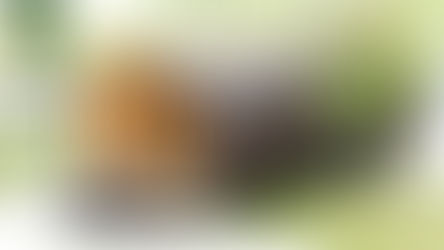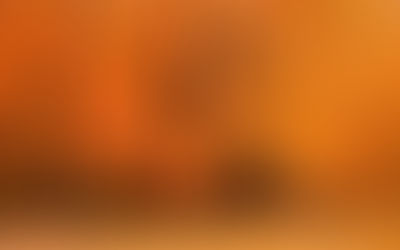Shou Sugi Ban, the Japanese technique of wood charring.
- Henk De Vlaeminck
- 14 feb 2016
- Tempo di lettura: 3 min
Shou Sugi Ban is a centuries old Japanese technique of charring Cedar planks used for residential siding, fencing and decking projects. It literally translates to “burnt cedar board” and the process involves charring the wood, cooling it, cleaning it and finishing it with a natural oil. This ancient technique seals the wood against rain and rot, and makes it fire resistant.

The practice of charring Sugi (Cedar, Cryptomeria japonica) has been commonplace in Japan since at least the 1700s and likely earlier. In the last 50-100 years, the practice has fallen out of favor in Japan due to the advent of modern plastic or cement based siding, decking, and fencing. Additionally, wood in Japan has been in short supply for quite a while, and most wood has to be imported, increasing its cost. These factors caused Shou Sugi Ban, also called Yakisugi, to become a “lost” technique.
In the early 2000′s, Shou Sugi Ban was “rediscovered,” first in Japan, but then it quickly gained the attention of architects and designers in Europe and North America. In the last few years, its use has really exploded, for all the same reasons that it was popular in Japan hundreds of years ago. Nowadays, the technique is successfully applied to other sustainably grown wood species such as Western Red Cedar, Douglas fir, Cyprus, pine and oak. Although time consuming, the final product is not only unique, with its rich, silvery finish; the charred wood also resists fire, rot and insects.

The Wabi House, Southern California, designed by architect Sebastian Mariscal.
To reduce woods natural affinity to catch fire, humans have been developing different techniques for improving its resistance for thousands of years. From plant based waxes and coatings to petroleum based lacquers and paints, we have developed many different methods of keeping our homes safe from fire. One of the oldest and most effective methods of protecting wood from fire is fire. The process of applying heat and fire to the exterior of a wood product for a short period of time changes both the cellular structure and thermodynamic conductivity of the wood.
Chemically, you can think of wood as being made up of two components – cellulose and lignin. Cellulose is what the tree grows first; it is the compound that gives a young sapling its flexible strength, and the leaves and fresh shoots are primarily made up of cellulose. Lignin gets deposited into the tree tissue as it gets older, and the lignin is hard, tough and brittle. An old tree-trunk would have a much higher percentage of lignin than a fresh shoot at the tip of a branch.
When you burn wood, the softer, more reactive cellulose vaporizes and gets burned off, while the harder lignin takes a long time to burn. Furthermore, it takes a lot higher heat to get the lignin to ignite again. Then additionally the outer layer of charred wood acts as an insulator.
Therefore, when we char the surface of our cedar siding or fencing, what we are effectively doing is burning off the outermost cellulose and leaving only the blackened lignin behind. In order for the charred wood siding or fencing to re-ignite requires much higher temperatures and much longer in contact with a flame source.
Japanese technique of preserving/antiquing wood "Shou-sugi-ban Yakisugi 焼き杉", John Neeman Tools.
Charred Wood siding and fencing are uniquely durable among outdoor woods. Although we cannot say that charred wood is bug-proof, it is surely bug-resistant. Just like with fire resistance, the charring process drives off the lighter-weight and more volatile cellulosic compounds, leaving behind the blackened lignin which is harder and more stable, and therefore harder to digest.
Termites still eat the charred wood, but the blackened lignin is less nutrient than the lighter-weight and more volatile cellulosic compounds, which they certainly prefer. The softer cellulosic components of wood do not necessarily contain more energy, but the energy is more easily accessible. The charring therefore is a deterrent, but not a complete solution for termites and other wood pests.
The main reason for this charred wood revival is really its unique, esthetical effect. Now that wood is more and more often used in building projects, the Shou Sugi Ban technique is definitely a valuable alternative to many already existing wood-finishes. If you are looking for a sustainable and low-maintenance solution for you next fencing, decking or siding project, Shou Sugi Ban may be the perfect solution.
Let us know if you already used the Shou Sugi Ban technique in one of your projects and share us your experience!



































Comments